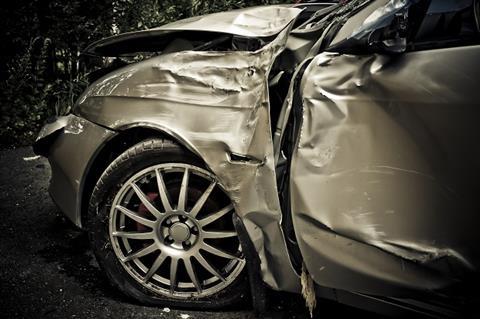The Ogden discount rate may have been set for the next few years, but that does not mean the changes are over. Insurers are still working out what a negative discount rate means for the industry, and further changes may be appearing on the horizon sooner than many may realise
When the Ogden discount rate increased to -0.25%, insurers were shocked by how little it had moved and many were forced to plough millions into their reserves as a result of overestimating the benefits of the change.
Others, however, were simply relieved that the decision brought some much needed certainty to how personal injury claims were calculated.
Despite this apparent clarity surrounding the discount rate, Keoghs partner Ken Young said insurers are still working their way through the changes, and it could have some serious knock-on effects for the industry.
“It is still a bit early to see what changes the latest increase in the discount rate to -0.25% will promote, but it will be interesting to see if that alters the dynamic of claimants desires to ask for PPOs or not,” he said. “When the Ogden rate was at -0.75% there was not much appetite for PPOs from claimants and there was more demand for lump sums because of the figures the -0.75% interest rate was generating.
“While the current rate is still negative, and lower than what most of the market expected, it will certainly be interesting to see if there is still that lack of appetite for PPOs in the market, or if there is a slight move away from lump sum payments.”
Accomodation claims as part of a personal injury case are also being affected by the change in the discount rate, with a possible appeal looming in March 2020.
Young said that the appeal case could set out some possible alternatives to the current method of calculation, and provide insurers with a more accessible way of valuing accommodation claims.
“The original ruling was established when the discount rate was set at 2.5%, and now it is negative – that really complicates things,” he said. “Now that it is a negative rate, that means that in true legal terms an accomodation claim is not allowed, and what the court of appeal is trying to set out is clear directions on how to calculate these claims.
“The appeal will look at a real alternative to the current calculations, but none of them are ideal because you end up with appreciating assets and the risk of people being overcompensated.”
“There are a number of alternative options out there,” Young added, “such as paying out a capital sum, paying mortgage interest, or even insurers owning the house and making the claimant tenants, and this is the first opportunity the court will have for looking for alternatives to the current model.”
Medical Improvements
Away from the discount rate, insurers are facing a number of other changes to the way personal injury claims are valued, and advancements in medical technologies are one of the biggest facing the industry.
“There have been a lot of medical advancements in technology that are changing the nature of claims,” Young said. “There have been changes in the cost of prosthetics, for example, and lots of interesting developments in spinal injury cases.”
But while more sophisticated medical treatments and technologies may appear more costly at first, they could be about to start driving down insurers’ long-term claims costs.
“Biometric hands, for example, are very expensive pieces of kit and the costs are only going up [as the technology improves],” Young said. “So this increases the initial cost of the claim, but because these new pieces of kit are so advanced, it should ultimately lead to greater independence and quality of life for the claimant, and therefore a reduction in claims for things like loss of earnings or accommodation.”
“We are not seeing that at the moment,” he added, “but we are still at the very early stages of these technologies, so it is really a case of when these benefits will be felt.”

And Young said that brain injury claims is another area where insurers may soon be feeling the benefits of biomedical advancements.
“Some of the more moderate brain injuries now only need much more light-touch support,” he said. “Sometimes it may be things like the claimant needing to be reminded to do something, and technology is really helping here.
“There are some simple apps and other technologies that are helping these people and can even be better than and replace the need for someone to be around and supporting them for a set number of hours a day or week. These support workers and carers can now move more into the background as a form of crisis support, and that is helping to drive down the costs traditionally associated with these types of claims.”
Hosted by comedian and actor Tom Allen, 34 Gold, 23 Silver and 22 Bronze awards were handed out across an amazing 34 categories recognising brilliance and innovation right across the breadth of UK general insurance.




















































No comments yet